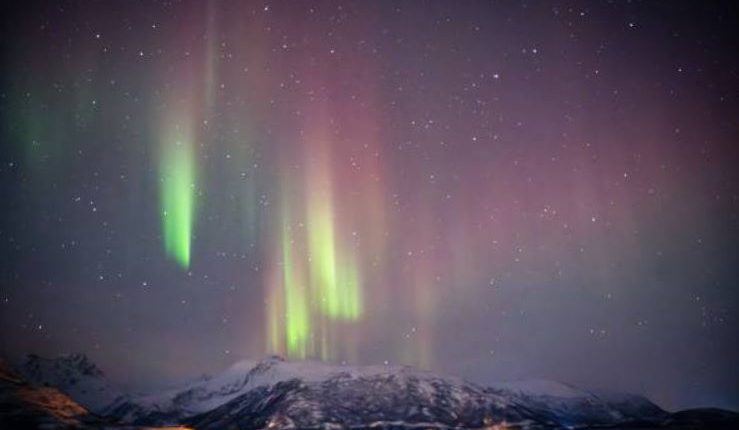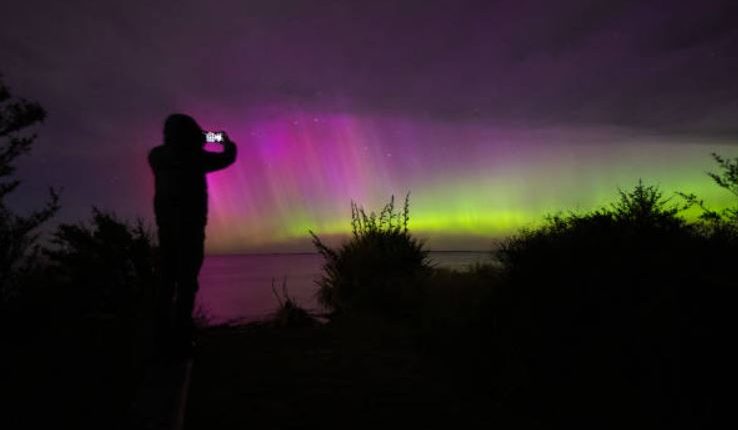
Because of the possibility that a solar flare’s plasma outburst could disrupt radio transmissions on Earth, space weather experts have issued a geomagnetic storm warning.
Another amazing experience this could offer is seeing the aurora borealis.
Witnessing the Aurora Borealis Amidst Geomagnetic Storms
The Space Weather Prediction Center in Boulder, Colorado, part of the National Oceanic and Atmospheric Administration, issued a warning on Saturday, saying there was nothing to be concerned about for the general population.
High-frequency radio transmissions, like those sent by airplanes to distant traffic control towers, may be interfered with by the storm.
Forecaster Jonathan Lash of the institute said that satellite connectivity is a backup for most commercial planes.
Read more: Countdown To SpaceX’s Starship Fourth Test Flight: Expected Launch Date?
Understanding Geomagnetic Storm Frequency

In addition, he stated that while “induced current” might exist in electrical grids, it is entirely under their control. Satellite operators may face difficulties tracking their spacecraft.
Approximately every eleven years, the north and south poles travel in the opposite directions, causing the sun’s magnetic field to flip.
Throughout that cycle, there are changes in solar activity, and the solar maximum—the point at which solar activity reaches its peak—is rapidly approaching.
Lash said that under certain conditions, Earth might see geomagnetic storms like the one experienced on Sunday a few times a year. Geomagnetic storms can happen years apart when the sun is at its lowest point.
December saw the largest solar flare to occur in years, which disrupted radio communications.
Read more: Facebook Quietly Revives Poking Feature, Sees Unexpected Results

